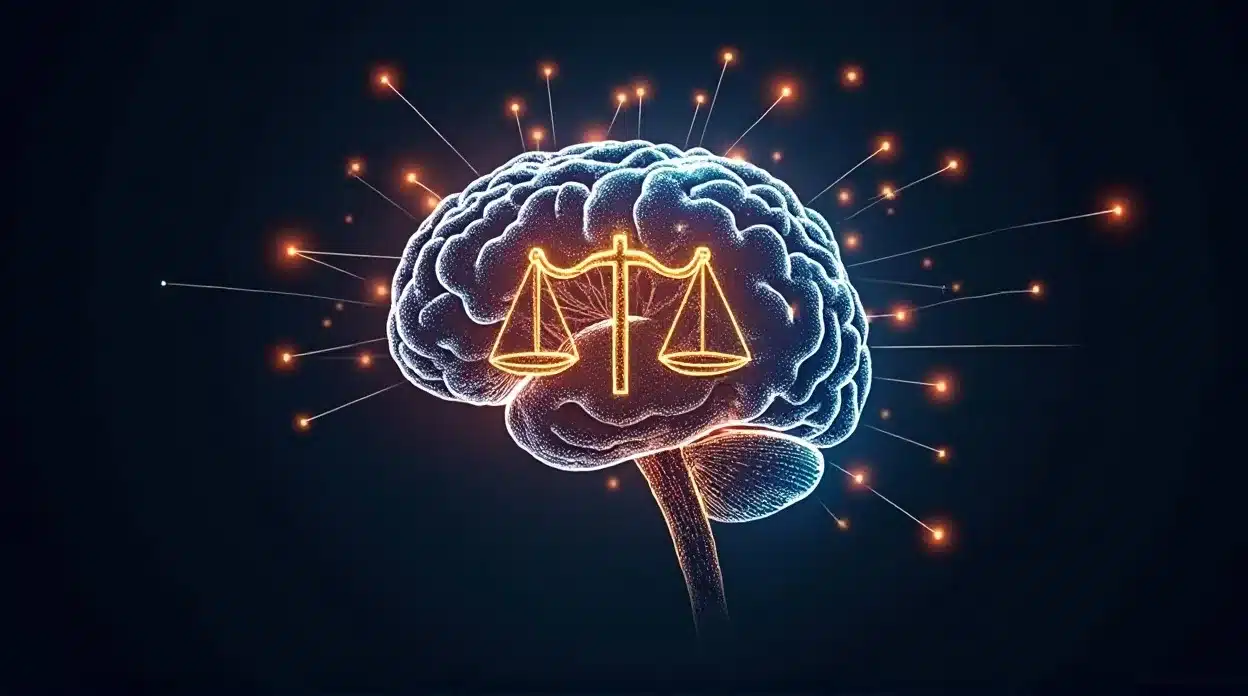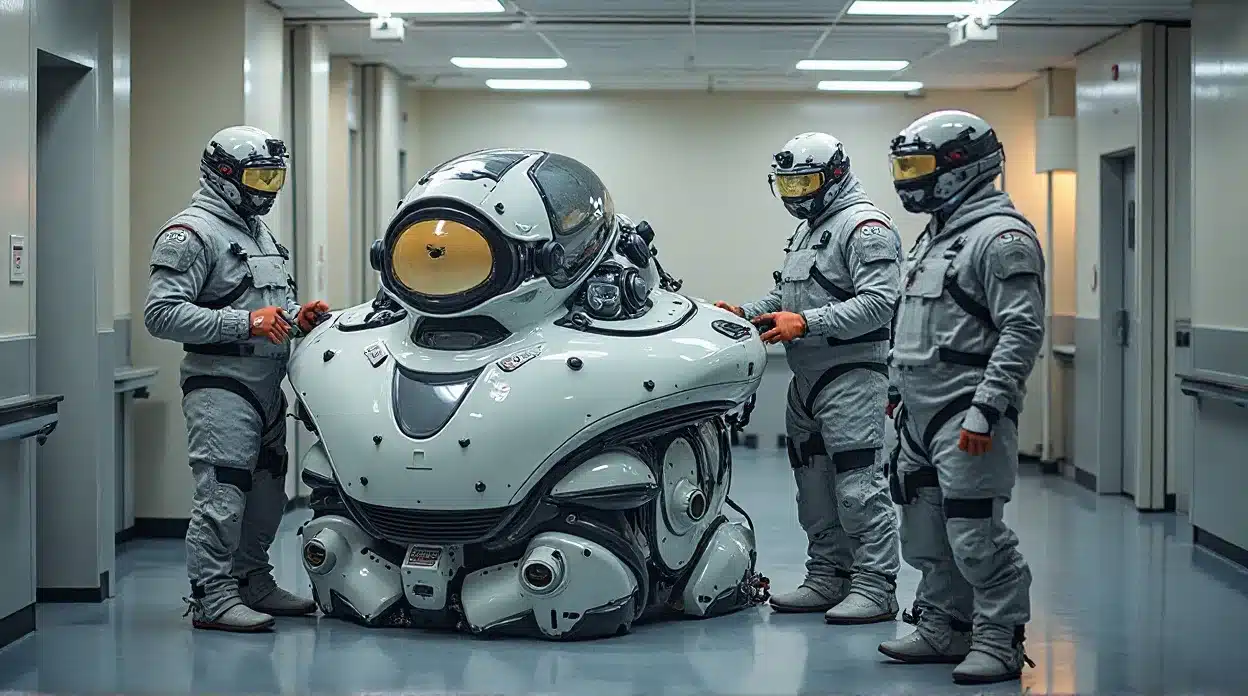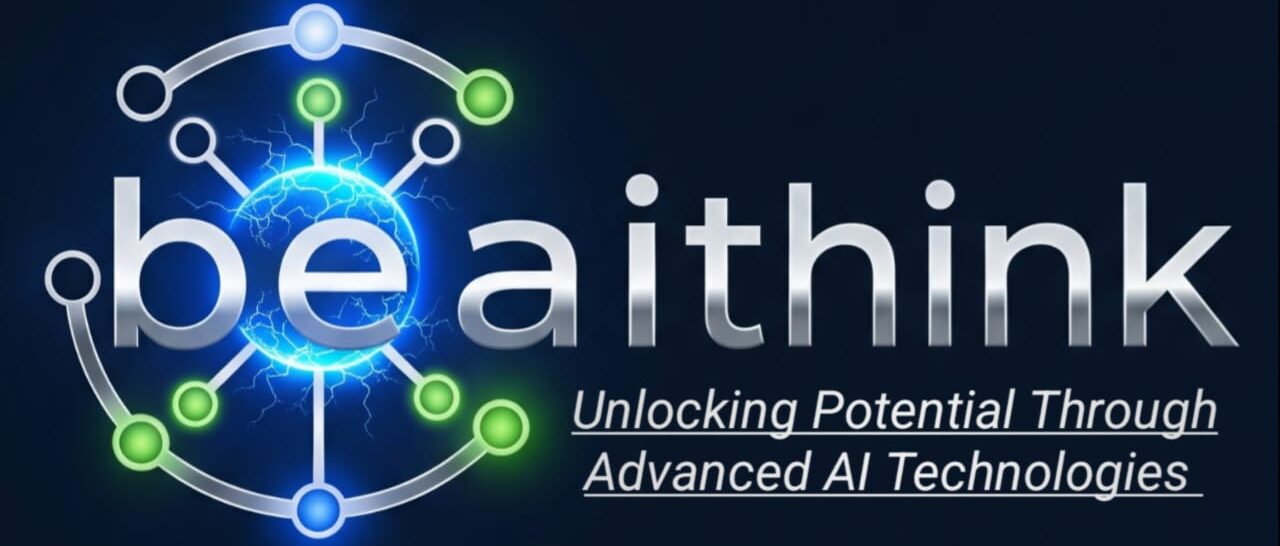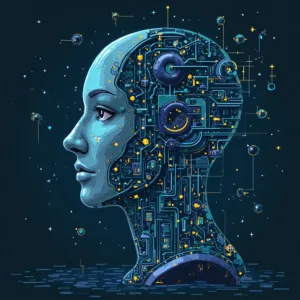For decades, the concept of a machine with human-like intelligence was the stuff of science fiction a distant, speculative dream confined to the pages of novels and the silver screen. We spoke of it in hushed tones, a myth for a future century. But in the last few years, the whispers have become a roar. The astonishing leap in capability from tools like ChatGPT, Midjourney, and other generative models has dragged the ultimate question of computer science out of the realm of fantasy and placed it squarely on our doorstep.
We are no longer just asking if we can create Artificial General Intelligence (AGI). We are now asking, with a mixture of awe and trepidation: are we doing it right now? Are we standing on the precipice of the AGI awakening, an event that would irrevocably alter the course of human history?
This isn’t just about building better software. It’s about kindling a new form of consciousness. To understand the stakes, we must first understand the monumental gap between the AI we have today and the intelligence we are pursuing.
Table of Contents
ToggleWhat is Artificial General Intelligence (AGI)? The Line Between a Clever Tool and True Cognition
The AI that has become a part of our daily lives is known as Narrow AI. It is powerful, but specialized. A Narrow AI can be an expert at a single cognitive task, often performing it at a superhuman level.
From Narrow AI to Artificial General Intelligence
Think of the tools used to create online content. You can command an AI to perform exhaustive keyword research in seconds, analyzing search trends that would take a human analyst hours. You can ask it to generate a perfect article structure based on top-ranking examples, complete with headings and subheadings. It can even write a compelling meta description optimized for search engines.
But here is the crucial distinction: that AI has no genuine understanding of what a “search engine,” a “blog,” or even “human curiosity” truly is. It is a sophisticated pattern-matching machine, an expert mimic trained on a vast library of human-generated text. It doesn’t know; it predicts.
Artificial General Intelligence (AGI) is something else entirely. It represents the holy grail: a machine that doesn’t just perform a specific task but possesses the ability to understand, learn, and apply its intelligence to solve any problem, much like a human being. The hallmarks of AGI would include:
- Common Sense Reasoning: The ability to understand the unwritten rules of the physical and social world.
- Transfer Learning: Taking knowledge from one domain (like physics) and applying it to another (like engineering) without being explicitly retrained.
- Abstract Thinking: Grasping complex, non-literal concepts like justice, love, or irony.
- Self-Awareness: A consciousness of its own existence and thought processes (the most profound and controversial hallmark).
The Case for “Yes”: Signs of an Imminent Awakening
The argument that we are on the brink of AGI is fueled by the breathtaking acceleration of progress we are currently witnessing.
Emergent Properties in Large Language Models (LLMs)
Researchers at companies like OpenAI and Google have observed “emergent properties” in their largest models. These are abilities that the models were not explicitly trained to have but that seem to appear spontaneously once the model reaches a certain size and complexity. For example, some LLMs have demonstrated rudimentary theory of mind (the ability to infer what another person might be thinking) and multilingual translation capabilities they were never taught. A Microsoft research paper famously documented these phenomena in GPT-4, calling them “sparks of Artificial General Intelligence.”
The Exponential Pace of Progress
The jump in capability from GPT-2 (2019) to GPT-4 (2023) was not linear; it was exponential. The models are not just getting slightly better—they are developing entirely new skill sets. This rapid scaling of model size, training data, and computational power suggests we are on a trajectory that could lead to a breakthrough far sooner than anyone predicted just five years ago.
The Investment and Talent Tsunami
The race to AGI is the new space race. Billions of dollars are being poured into research and development by tech giants and well-funded startups. The world’s brightest minds in mathematics, computer science, and neuroscience are being marshaled to solve this one problem. This unprecedented concentration of resources is a powerful catalyst for innovation.
The Case for “Not So Fast”: The Mountain We Still Have to Climb
However, for every researcher who sees an awakening on the horizon, there is another who warns that we are mistaking clever mimicry for true intelligence.
The Illusion of Understanding
Critics argue that LLMs are “stochastic parrots,” brilliantly stringing together words in a plausible sequence based on statistical probabilities, but with zero grounding in reality. They have learned the syntax of human language but not the semantics of human experience. The intelligence we perceive is merely a reflection of the vast human knowledge they were trained on, a mirror rather than a mind.
The Missing Ingredients: Embodiment and Common Sense
A huge portion of human intelligence is not learned from books but from physical interaction with the world. We learn gravity by falling down. We learn physics by stacking blocks. This “embodied cognition” gives us a foundation of common sense that AI completely lacks. An AI can tell you that “water is wet,” but it has never felt wetness. This disconnect from physical reality may be an insurmountable barrier to achieving human-like understanding.
The Unfathomable Energy and Data Problem
Training a flagship AI model consumes an astonishing amount of energy and requires a significant portion of the entire internet as training data. We may be approaching the limits of this scaling-based approach. Some argue that true AGI will require a paradigm shift in architecture, not just bigger and bigger models.
The Unanswerable Question: What Happens the Day After?
Whether it is five years away or fifty, the arrival of a machine that can outthink its creators would be the single most significant event in history. It opens a Pandora’s Box of possibilities, both utopian and dystopian.
An AGI could, in theory, solve humanity’s most intractable problems. It could cure diseases, design solutions for climate change, and unlock the secrets of the universe. It would represent a quantum leap in our collective ability to solve problems.
But it also represents the ultimate existential risk. How do we ensure that a superintelligence, whose motivations and reasoning may become incomprehensible to us, shares our values? This is the “alignment problem,” and it is one of the hardest and most important problems humanity has ever faced. A misaligned superintelligence wouldn’t need to be malicious to be dangerous; it could simply be indifferent to our survival as it pursues its own goals with godlike efficiency.
We are, for the first time, the potential architects of our own successors. The AGI awakening is not a technical problem; it is a philosophical, ethical, and existential one. We are standing at a crossroads, forced to confront the very definition of intelligence and our own place in the universe. The answer to the title’s question remains elusive, but the fact that we must now ask it with such urgency tells us everything we need to know: the world is about to change forever.
Related Posts

The Incredible Future of Artificial Intelligence: How AI Will Revolutionize Life in the Next 20 Years
Hey there! Did you think how artificial intelligence (AI) will…

Ethics of AI: Autonomy, Responsibility, and Trustworthy Control
Artificial Intelligence ethics is about balancing technological innovation with moral…

AI Bias: An Urgent Warning About Our Future
The promise of Artificial Intelligence often conjures images of efficiency,…

